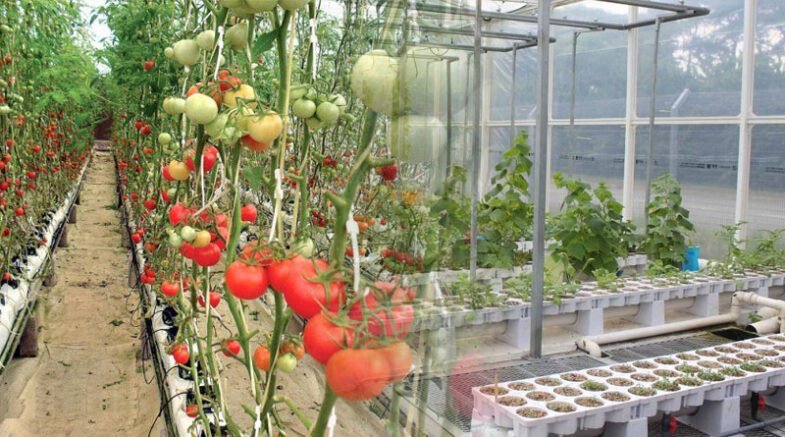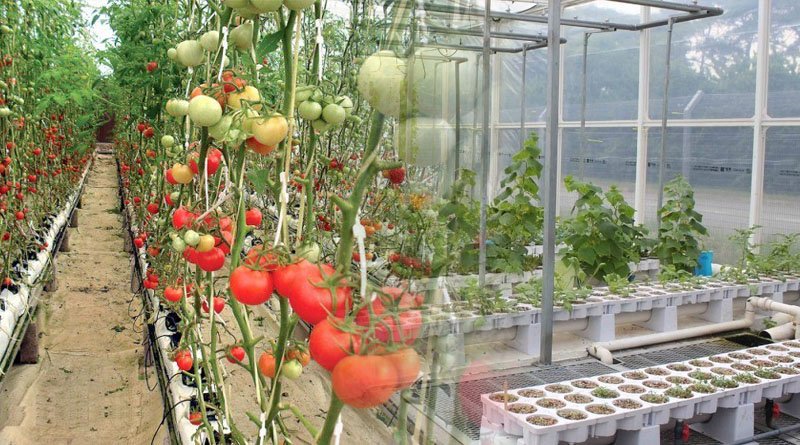Pakistani scientists developed and demonstrated an aquaponics management system to help farmers manage their farms.

Pakistani scientists developed and demonstrated an aquaponics management system to help farmers manage their farms. Farmers can also use the system on existing fish and hydroponic farms to produce organic fish, vegetables, and fruits.
According to Dr. Nosherwan Shoaib, Associate Professor at the National University of Sciences and Technology’s School of Electrical Engineering and Computer Science (SEECS), an aquaponics system combines aquaculture (fish farming) with hydroponics (growing plants in water).
A web-based aquaponics management system has been developed to help farmers create, analyse, monitor, and control their aquaponic farms. On an electronic progress chart, a sensor-based dashboard displays real-time data about the harvest date and the growth progress of plants and fish.
According to Dr. Nosherwan, a prototype of an aquaponics management system has been developed in the lab. “Our team used this system to grow tomatoes and bell peppers with fish in 120 square feet and 400 square feet of outdoor aquaponics farms.
“This system has also been used successfully at other outdoor farms to grow leafy vegetables and fruits in addition to fish production, such as cherry tomatoes, bell peppers, strawberries, and lettuce,” he said. “We calculated the system’s feasibility using a model farm.”
A breakeven analysis was performed using a farm size of 10,000 square feet to produce fish, bell peppers, strawberries, coriander, and lettuce.
“According to the analysis, farmers can achieve the system’s break-even point in two years with a Rs 6 million initial investment and a profit of Rs 10 million over five years due to increased production,” he said. Furthermore, he stated that profit margins for large farms are expected to rise.
Dr. Nosherwan stated that Pakistan faces dire problems such as a 2% annual population increase that is expected to reach 340 million by 2050, 58% food insecurity, the highest water shortage index among lower-middle-income countries, drought in rain-fed areas, and a decline in agricultural land use.
He believes that by introducing new techniques and connecting agriculture with technology, the aquaponic management system can help Pakistan’s economy. According to him, the primary goal of the project is to provide an alternative to traditional food production in the industrial and private sectors.
He claims that this system is especially useful in urban areas with limited land and high population density. When compared to traditional farming techniques, the system requires less human intervention during the cultivation process, which increases food production.
The end result is purely organic (i.e., free of contaminants like pesticides) and less expensive than conventionally grown crops. It uses 90% less water, grows six times faster, has twice the yield, and produces organically all year. Tilapia, rohu, and carp are the most commonly used fish.
At the same time, leafy vegetables and fruits such as cherry tomatoes, bell peppers, strawberries, lettuce, and cabbage are produced.
